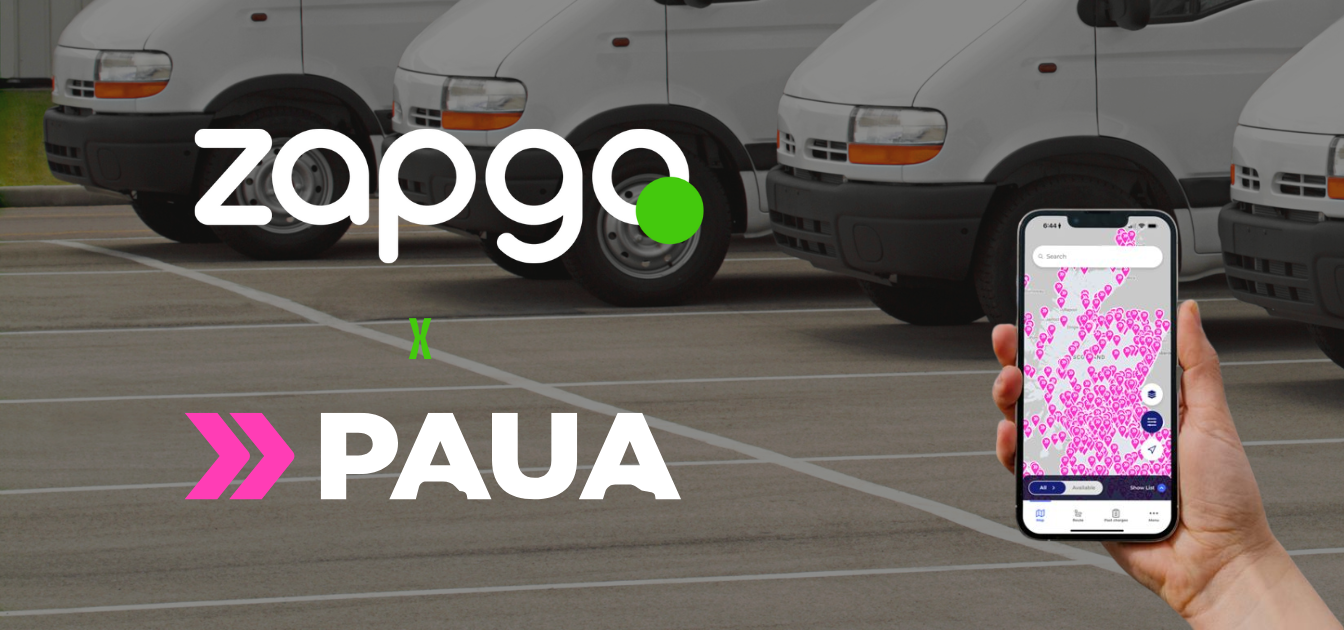TL;DR
Nathan King discusses itselectric’s innovative curbside EV charging model.
· Uses private building power, avoiding public grid and complex permits.
· Lowers installation costs and offers revenue sharing for property owners.
· Scalable, city-friendly solution to expand urban EV charging access.
In this podcast, episode 31 of the Insider's Guide to Energy EV series, hosts Chris Sass and Niall Riddell (Paua) dive deep into the future of urban EV charging with Nathan King, co-founder and CEO of itselectric.
This discussion highlights an innovative approach to EV curbside charging that aims to overcome the infrastructural and regulatory challenges typical of urban environments. Nathan's company has designed a unique solution by connecting chargers directly to private building power supplies rather than the public utility grid. This model side steps complex roadwork and extensive utility permissions, simplifying installations by keeping them between the building and curbside rather than in the roadway. This arrangement not only saves on costs but also significantly reduces the logistical and regulatory challenges typically involved in setting up curbside chargers.
One of the core advantages of this model is its flexibilityand lower impact on urban streetscapes. For instance, the system can connect to existing panels behind the building’s electric meter, allowing the company to reimburse building owners for electricity used while avoiding direct utility involvement. Additionally, some of the more delicate components of the charging hardware are installed indoors, which protects them from weather and potential damage, reducing maintenance costs and extending hardware life.
This business model also focuses on establishing partnerships with property owners. Building owners who allow installations benefit from revenue-sharing, creating a passive income source from charging fees, which helps to incentivise more property owners to participate in the network. For drivers, the company sets a standardised rate across all locations, regardless of local power costs, making charging more predictable and user-friendly.
Addressing the regulatory side, Itselectric works closely with cities to enforce designated EV-only parking near their chargers, preventing non-EV vehicles from blocking access. In some cities, regulations also require that EVs be plugged in if they park in these spots, promoting availability for actual charging use. Additionally, Itselectric incorporates pricing strategies to manage high-demand areas, such as higher daytime rates to encourage turnover and lower overnight rates so residents can charge without moving their cars early in the morning.
The company’s business strategy aligns with U.S. tax policies and regulatory frameworks, making their model more seamless to implement than conventional utility-connected setups. EV drivers pay a standard sales tax on their charging usage, while building owners either get reimbursed for electricity costs or the charging network installs a dedicated meter, depending on the local setup. Unlike in some countries where tax differences for domestic and commercial power could complicate the arrangement, the U.S. system allows a streamlined setup, further simplifying deployment.
Although still in its early stages with small pilots in cities like Detroit and Brooklyn, Itselectric is already gaining traction. With a recently completed seed funding round, they plan to expand installations and bring more chargers online, scaling their network city by city. Their ultimate goal is to address the widespread need for EV charging among the 6-8 million U.S. drivers who park on city streets, particularly in dense urban regions where few curbside charging options currently exist.
In summary, this approach combines innovative hardware, a community-focused business model, and a partnership with property owners to create a scalable and less disruptive way of providing curbside EV charging. By simplifying the installation process, working within local regulations, and aligning incentives for property owners, this model offers a promising solution to the significant challenges of urban EV infrastructure and could be a blueprint for similar deployments worldwide.
Chris and Niall thanked Nathan for the fascinating insight into his business, Itselectric. Another fantastic example of EV innovation creating a collaborative solution for the growing demand for EV charging in cities.






